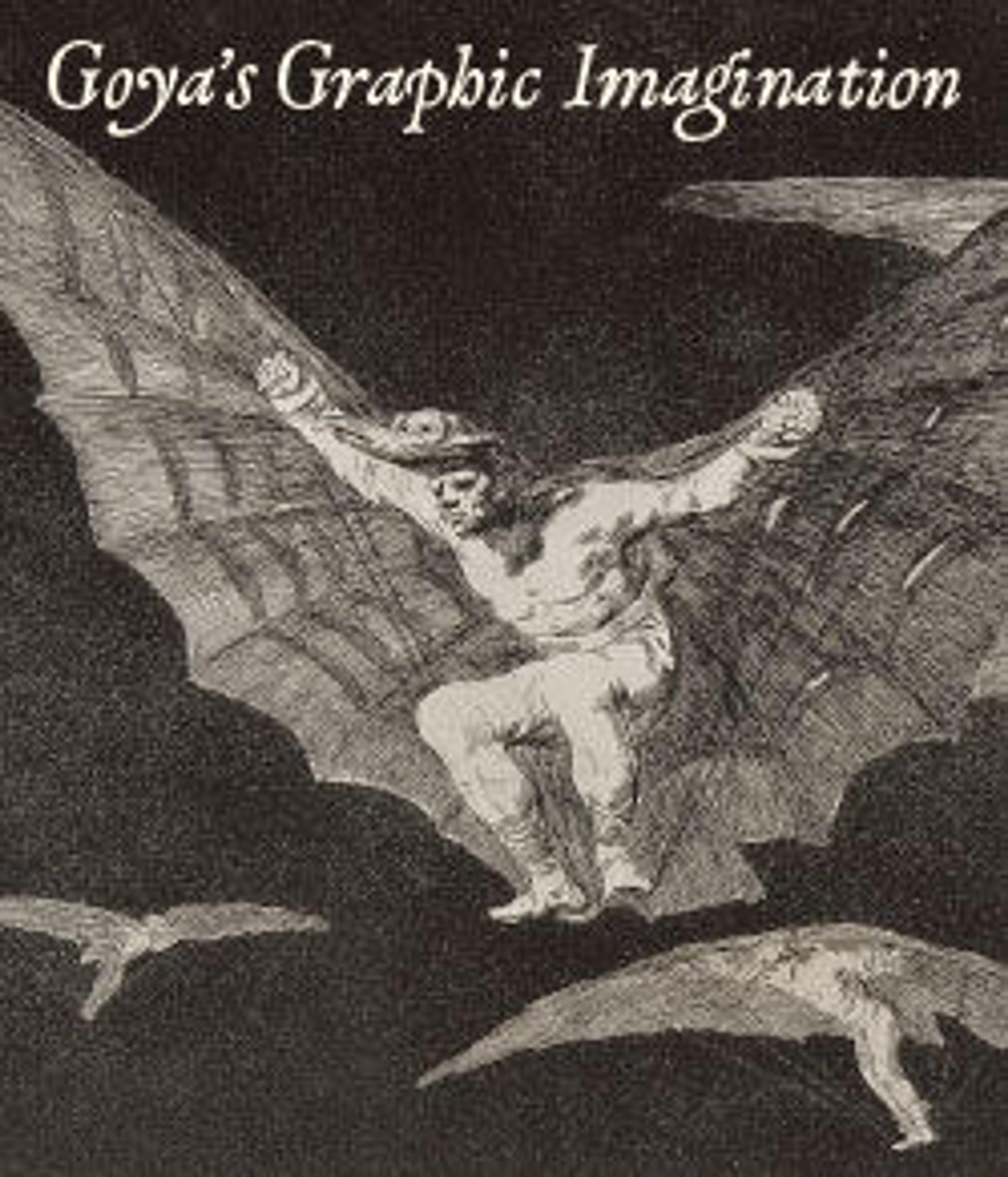The Andalusian dance (El Vito)
The title of this print refers to a popular type of jaleo dance, an antecedent of flamenco that was performed by a solo female dancer and accompanied by singing, clapping, guitar, and tambour. After moving to Bordeaux, Goya made this lithograph in the workshop of Cyprien Charles Gaulon. He might have thought the subject would appeal to the Romantic tastes of the French audience, many of whom regarded Spanish customs as alluringly exotic. Exploiting the possibilities of the medium, Goya drew directly on the stone with the lithographic crayon and modulated the areas of light and shade with the scraper, creating a sense of depth. The result is a lively, picturesque scene that demonstrates Goya’s bold approach to lithography.
Artwork Details
- Title:The Andalusian dance (El Vito)
- Artist:Goya (Francisco de Goya y Lucientes) (Spanish, Fuendetodos 1746–1828 Bordeaux)
- Date:ca. 1824–1825
- Medium:Lithograph
- Dimensions:sheet: 9 3/4 x 11 3/4 in. (24.7 x 29.8 cm)
image: 7 1/16 x 7 1/8 in. (18 x 18.1 cm) - Classification:Prints
- Credit Line:Janet Lee Kadesky Ruttenberg Fund, in honor of Colta Ives, and Walter and Leonore Annenberg Acquisitions Endowment Fund, 2011
- Object Number:2011.320
- Curatorial Department: Drawings and Prints
More Artwork
Research Resources
The Met provides unparalleled resources for research and welcomes an international community of students and scholars. The Met's Open Access API is where creators and researchers can connect to the The Met collection. Open Access data and public domain images are available for unrestricted commercial and noncommercial use without permission or fee.
To request images under copyright and other restrictions, please use this Image Request form.
Feedback
We continue to research and examine historical and cultural context for objects in The Met collection. If you have comments or questions about this object record, please contact us using the form below. The Museum looks forward to receiving your comments.
